Best Gaming Settings on ASUS ROG G501 (GTX 960M)
Throughout the whole design process of a notebook, from the first sketch to the prototype, numerous new technologies are always introduced and released. Like you (the consumer) we are also faced with the question of whether or not to wait for the next exciting new technology, as it's never ending (not that it's a bad thing!). With the vision of constructing a super-slim gaming notebook with a 4K Ultra-HD display that is whisper quiet, we felt that the most cutting-edge hardware was worth the wait.
After the impressive introduction of GX500 at Computex, we were flooded with forum posts, Facebook comments and emails. With the great interest generated, ROG engineers decided to improve the GX500 even further by making it even cooler, quieter and implemented the most up-to-date technologies. Replacing the GX500 is the new and updated G501.

The feel of the G501 is as you'd expect; super-slim yet solid and surprisingly light. I always travel light (as light as a person with tons of tech can be) so a couple of pounds lighter is always a huge plus. Covered in brushed-metal with diamond-cut edges, this was indeed crafted to impress. However, the discreet styling won't make anyone reluctant to take this beauty into a meeting and leave it feeling out of place. Despite being super-slim and light, the G501 is still the coolest (whichever way you want to interpret it) and the quietest on the market. This is made possible by utilizing the new Hyper Cool technology, featuring twin, high-quality Sunnon fans with independent fan control for the GPU and CPU. Upon booting up the G501, it was expected that I'd be in Windows in next to no time knowing that I'm packing an Intel Core i7 combined with PCI-Express x4-based SSD. What you won't expect is that you simply can't hear the fans in the process, even when you put your ear against the keyboard!
[gallery columns="2" ids=""]
The first thing you will notice about the 15.6-inch 4K Ultra-HD IPS display is the definition of the text in Windows. Most of you are likely to be reading this on a Full HD monitor, so it may be hard to wrap your head around having four times the pixels per inch (294 PPI). To put things in perspective, this definition of this display is relatively similar to phones so even if you wanted to put your face right up to the screen, you'd still find the picture to be flawless. As anyone already with a WQHD (2560 x 1440) or 4K UHD (3840 x 2160) display would tell you, multi-tasking is sooooo much easier with more desktop space; say goodbye to panning around endlessly just trying to edit a single photo, edit a Full-HD video with all the controls visible with room to spare, play a game in one window whilst controlling audio and visual feed in other windows, edit two full-page documents or view two full webpages side-by-side. Modern, high-end smartphones or GoPro's have recently made 4K video shooting available to consumers, so having a 4K IPS LCD with great color to edit those videos on is essential. Productivity is now multiplied, and unlike those already with a WQHD (PG278Q?) or 4K (PB287Q? PA328Q? PQ321Q? etc) desktop monitor; you can take this one with you!
Paired with it is the new Nvidia GTX 960M yielding great graphics performance : efficiency ratio, proving long battery-life and ultra-silent operation is possible. You can have the Nvidia GeForce Experience by taking advantage of Game Optimization to tweak your game settings automatically, GameStream to stream games to a Nvidia Shield device, ShadowPlay to video capture your game highlights or Battery Boost to uh... boost your battery time. The 4K resolution can bring even full-size water-cooled rigs with multi-GPUs to their knees, so we will still need to run many games on a more modest but still gorgeous resolution of 1080p.
Next, let's put this puppy to the test to show you how it performs; it's game time!
G501 Tested Spec:
- Intel Core i7 4720HQ processor
- 16GB 1600MHz DDR3 (2x8GB)
- Nvidia GTX 960M graphics card 4GB DDR5 (Maxwell: 640 cores) + Intel HD Graphics 4600
- 512GB PCIe SSD option
- 4K Ultra-HD (3840 x 2160) IPS display with 100% sRGB
- [ROG Gladius gaming mouse]
- Nvidia GeForce driver: 347.36
- Intel HD Graphics driver: 10.18.14.4062 WHQL
- Windows 8.1 Pro 64-bit
Here are the recommended settings for three of the most highly-popular titles on Steam, and Dying Light representing a very latest game:

- DOTA 2 - 3840 X 2160 (4K) - Medium Quality, No AO: 41 FPS average (Max=49 / Min=33)
[gallery include="" size="medium" link="file" template="file-gallery" columns="2"]
- Team Fortress 2 - 3840 X 2160 (4K) - All Maxed out: 55 FPS average (Max=104 / Min=35)
- Civilization V: Brave New World - 1920 X 1080 - All maxed out: 43 FPS average (Max=53 / Min=33)
[gallery size="medium" link="file" template="file-gallery" ids=""]
- Dying Light - 1920 X 1080 - Settings on Medium, 75% View Distance, AO=OFF: 35 FPS average (Max=37 / Min=34)
Author
Popular Posts
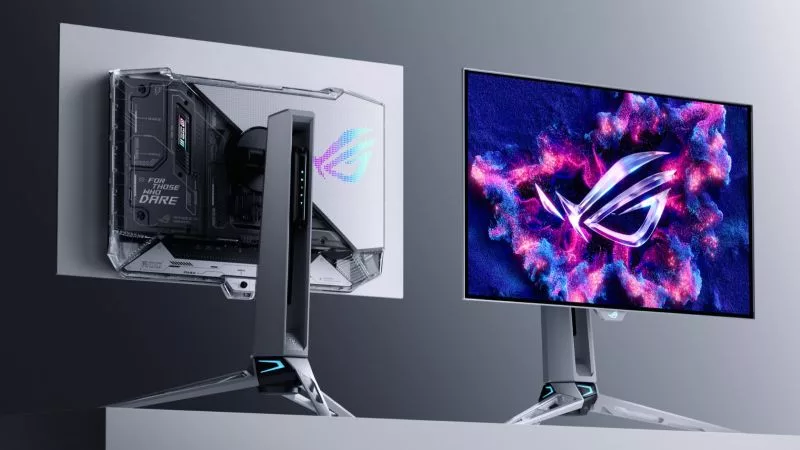
Prepare for Tandem OLED splendor with these new ROG gaming monitors
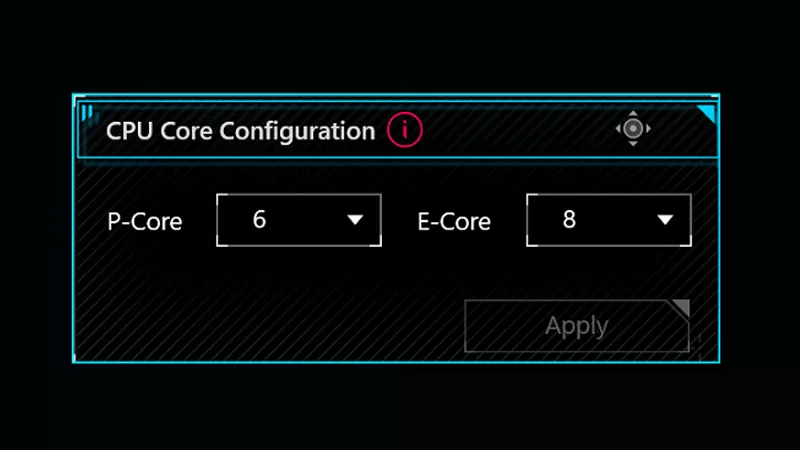
How to adjust your laptop's P-Cores and E-Cores for better performance and battery life

How to Cleanly Uninstall and Reinstall Armoury Crate
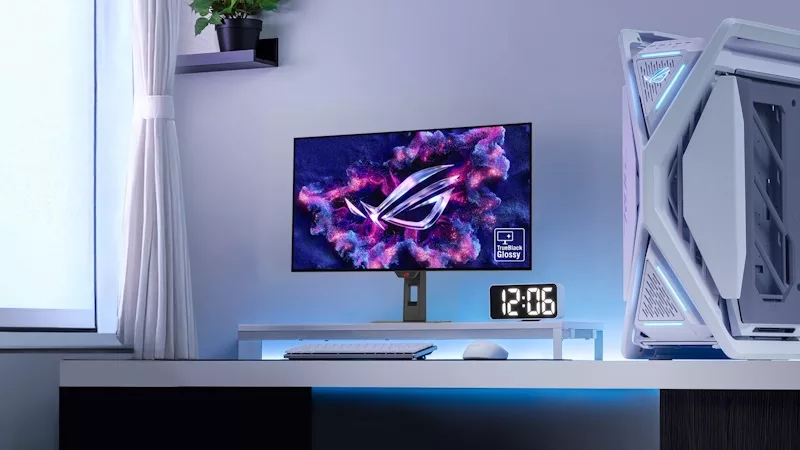
32-inch glossy WOLED panels debut in the ROG Strix OLED XG32UCWMG and XG32UCWG gaming monitors
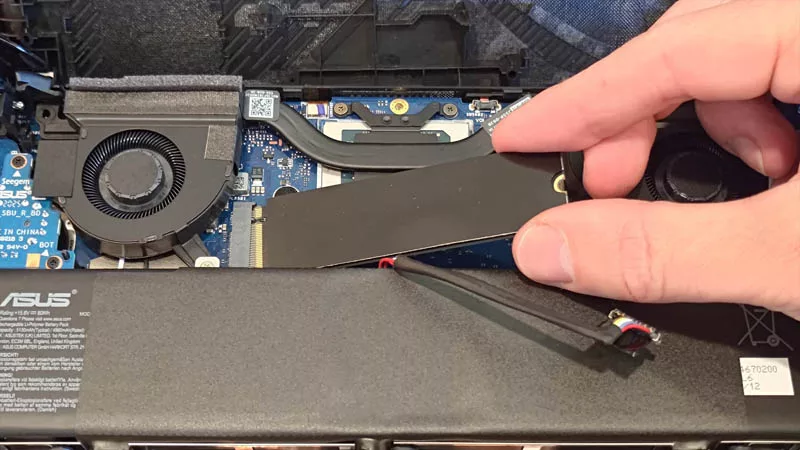
How to upgrade the SSD and reinstall Windows on your ROG Ally, ROG Xbox Ally, or ROG Xbox Ally X
LATEST ARTICLES
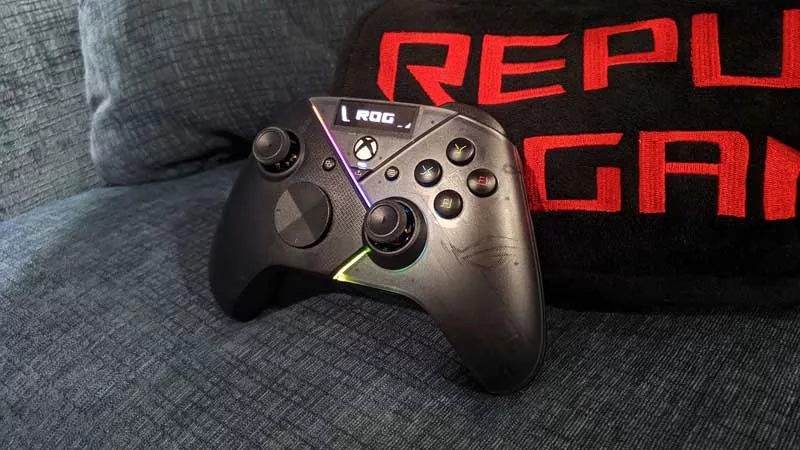
Hands-on: The ROG Raikiri Pro took my couch gaming to the next level
I've been a diehard PC gamer all my life, but I often play on the couch. The ROG Raikiri Pro has improved my living room PC gaming immeasurably thanks to a few useful features and loads of customizability.
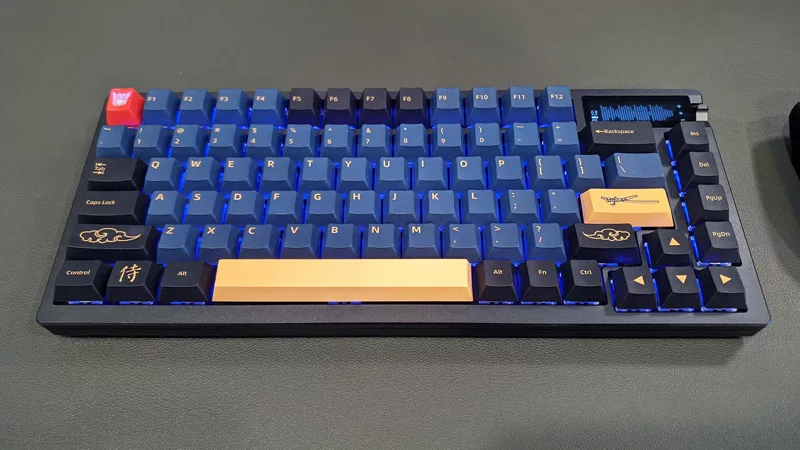
Hands-on: The ROG Azoth became the canvas for the keyboard of my dreams
Ever since I bought my first mechanical keyboard, I’ve been on a mission to mod and upgrade, mod and upgrade. But I think the ROG Azoth may actually be my endgame.
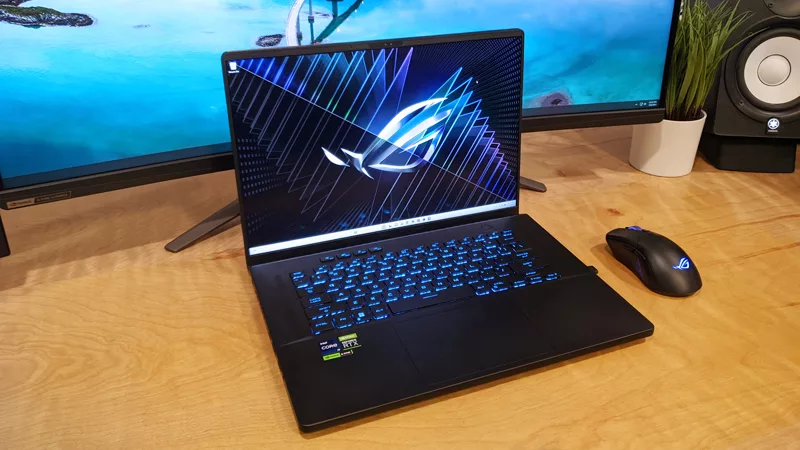
The Zephyrus M16 blends outstanding HDR gaming performance with undeniable luxury
The new ROG Zephyrus M16, with its Nebula HDR display, is like bringing a high-end home theater gaming setup with you wherever you go.

Radeon graphics and a stellar new display reinvigorate 2022 ROG Zephyrus G14
For a long time, I had to choose between underpowered ultraportable laptop and large laptops capable of gaming. But the ROG Zephyrus G14 puts admirable gaming chops into an ultra portable machine that travels anywhere.
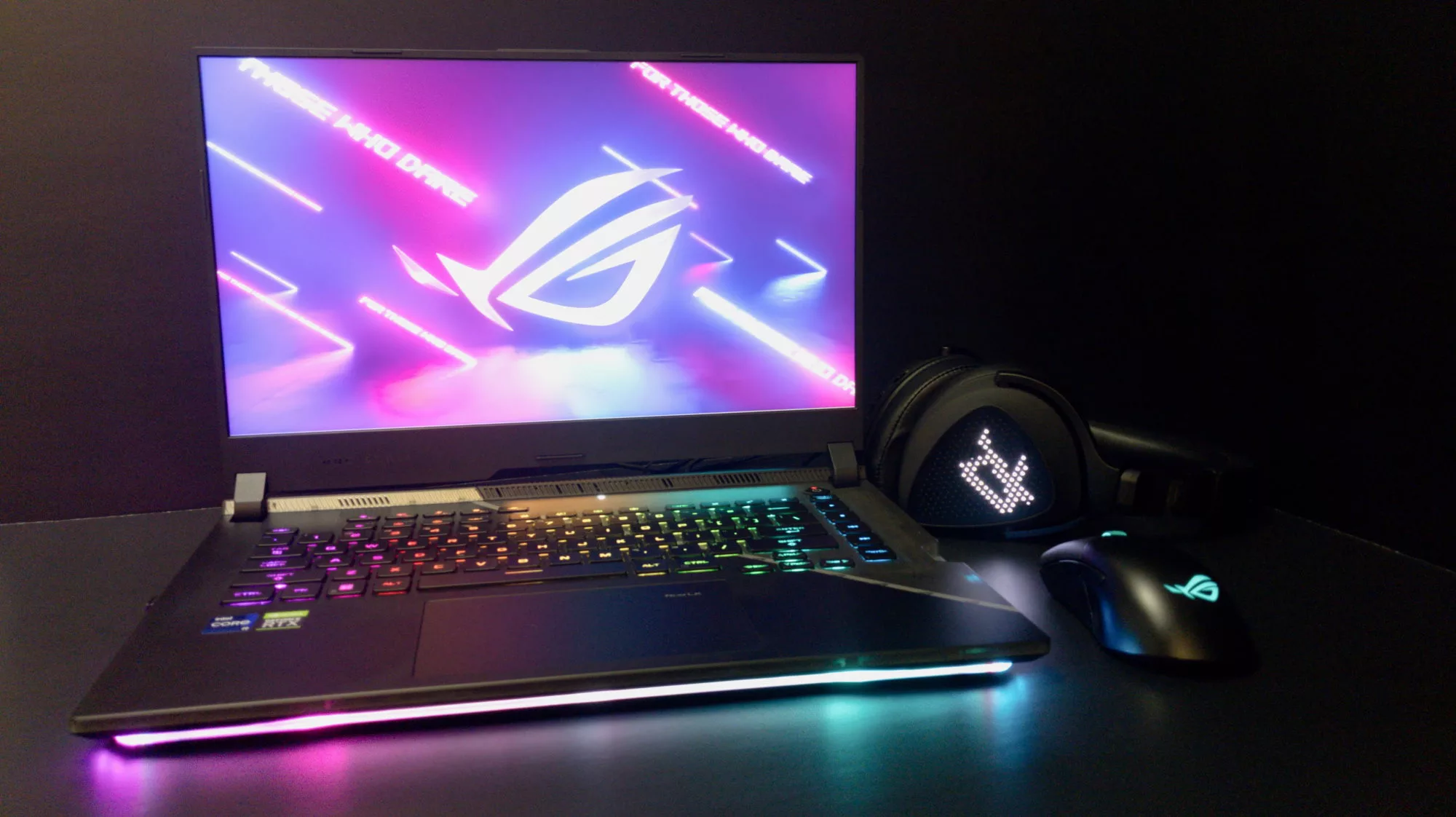
Ready to rumble out of the box: Hands-on with the ROG Strix SCAR 15
Living on the move or in a smaller space isn't a roadblock to high-end gaming. The ROG Strix SCAR makes portable powerful.
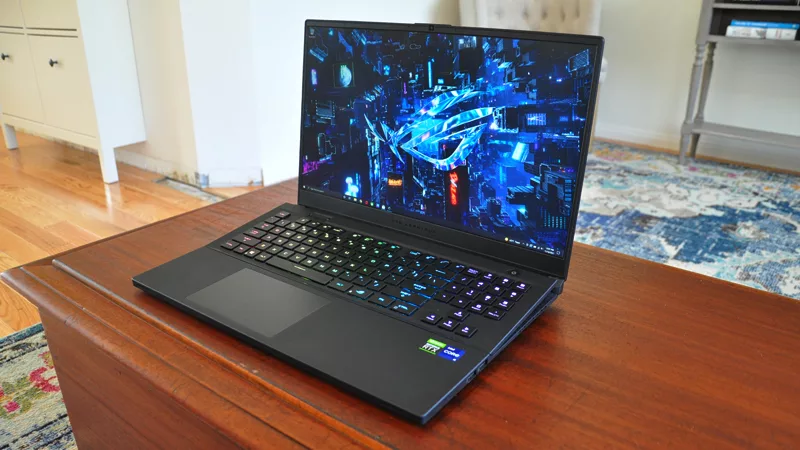
The ROG Zephyrus S17 is an outstanding mixture of power and portability
The S17 has it all: top-tier hardware in a slim package with all the bells and whistles.

